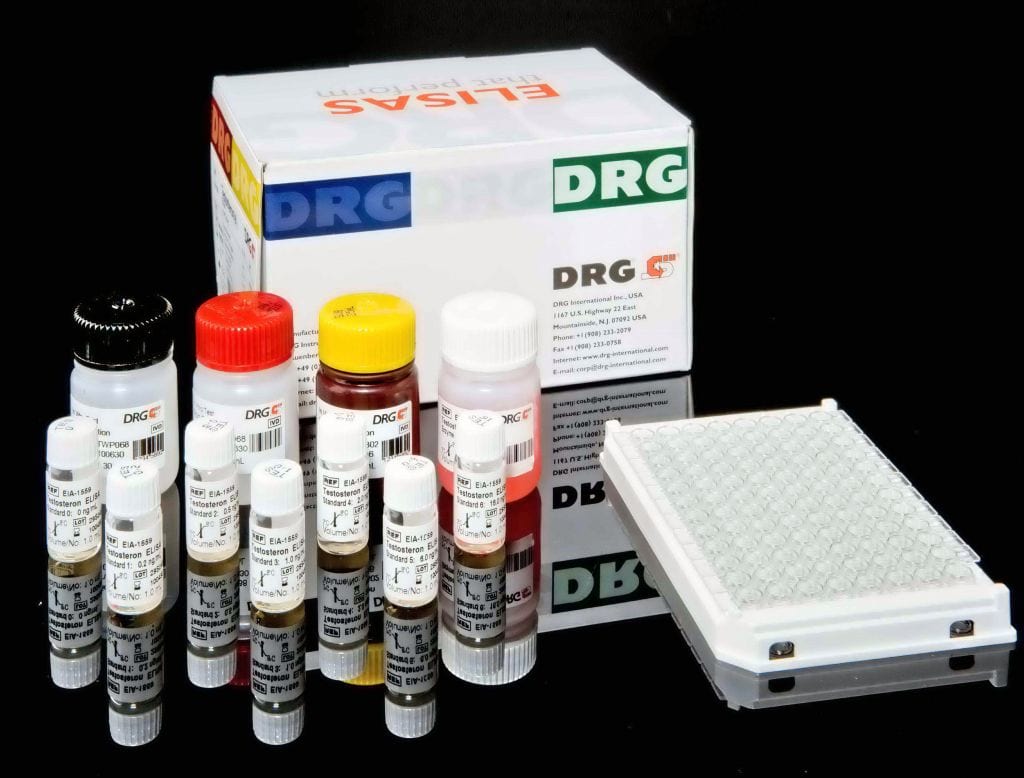Description
An enzyme immunoassay for the quantitative measurement of CA15_3 in serum and plasma.
Breast cancer is one of the most common malignancies among women. Nine categories of breast tumor showed evidence of clinical utility and were recommended for use in practice. Among these, CA 15-3 which detects soluble forms of MUC-1 protein is the most widely used serum marker in patients with breast cancer (1-6). The main use of CA 15-3 is for monitoring therapy in patients with metastatic disease (1, 11). Metastatic disease may be present at the time of initial diagnosis and can occur at any time following primary therapy. Up to 70% of patients with metastases will respond to systemic treatment with cytotoxic drugs or endocrine therapy; therefore, early detection of recurrence is important to patient management (7). In patients previously treated for stage II or stage III breast cancer, early detection of recurrence cannot be readily accomplished by routine clinical or diagnostic studies alone. The use of a circulating serum tumor marker assay, such as DRG TM_CA15_3ELISA, can be useful in the identification of these patients. In addition, CA 15-3 may also be used in the postoperative surveillance of asymptomatic women who have undergone surgery for invasive breast cancer (1,8). Finally, preoperative concentrations of CA 15-3 might be combined with existing prognostic factors for predicting outcome in patients with newly diagnosed breast cancer (9). CA 15.3, although preferentially associated with breast cancer, is not tissue specific, and was shown to be elevated in different varieties such as ovarian cancer and colon adenocarcinoma (9). CA 15-3 assay values were not elevated in the sera of the majority of normal individuals or those with nonmalignant conditions (10, 11).
NOTE: CA 15-3 values determined with different assays and from different manufacturers can vary due to differences in assay methods and reagent specificity. The results
reported by the laboratory to the physician must include the identity of the assay used. Assay values obtained with different assay methods cannot be used interchangeably. In addition, the main limitation of CA 15-3 as a marker for breast cancer is that serum levels are rarely increased in patients with early or localized disease (1).
The DRG TM_CA15_3ELISA Kit is a solid phase enzyme-linked immunosorbent assay (ELISA) based on the sandwich principle. The microtiter wells are coated with a monoclonal [mouse] antibody directed towards a unique antigenic site of the CA15_3 molecule.An aliquot of patient sample containing endogenous CA15_3 is incubated in the coated well with enzyme conjugate, which is an anti-CA15_3 antibody conjugated with horseradish peroxidase. After incubation the unbound conjugate is washed off. The amount of bound peroxidase is proportional to the concentration of CA15_3 in the sample. Having added the substrate solution, the intensity of colour developed is proportional to the concentration of CA15_3 in the patient sample.




